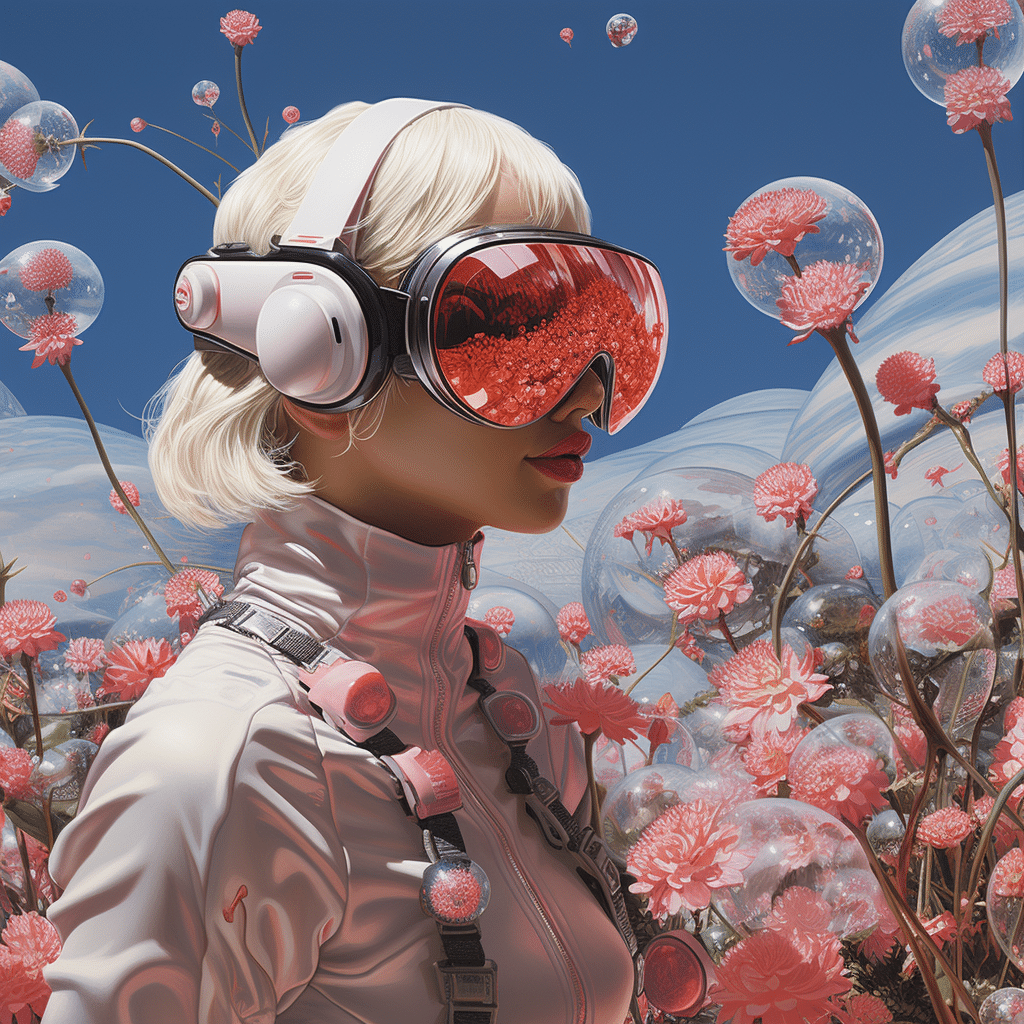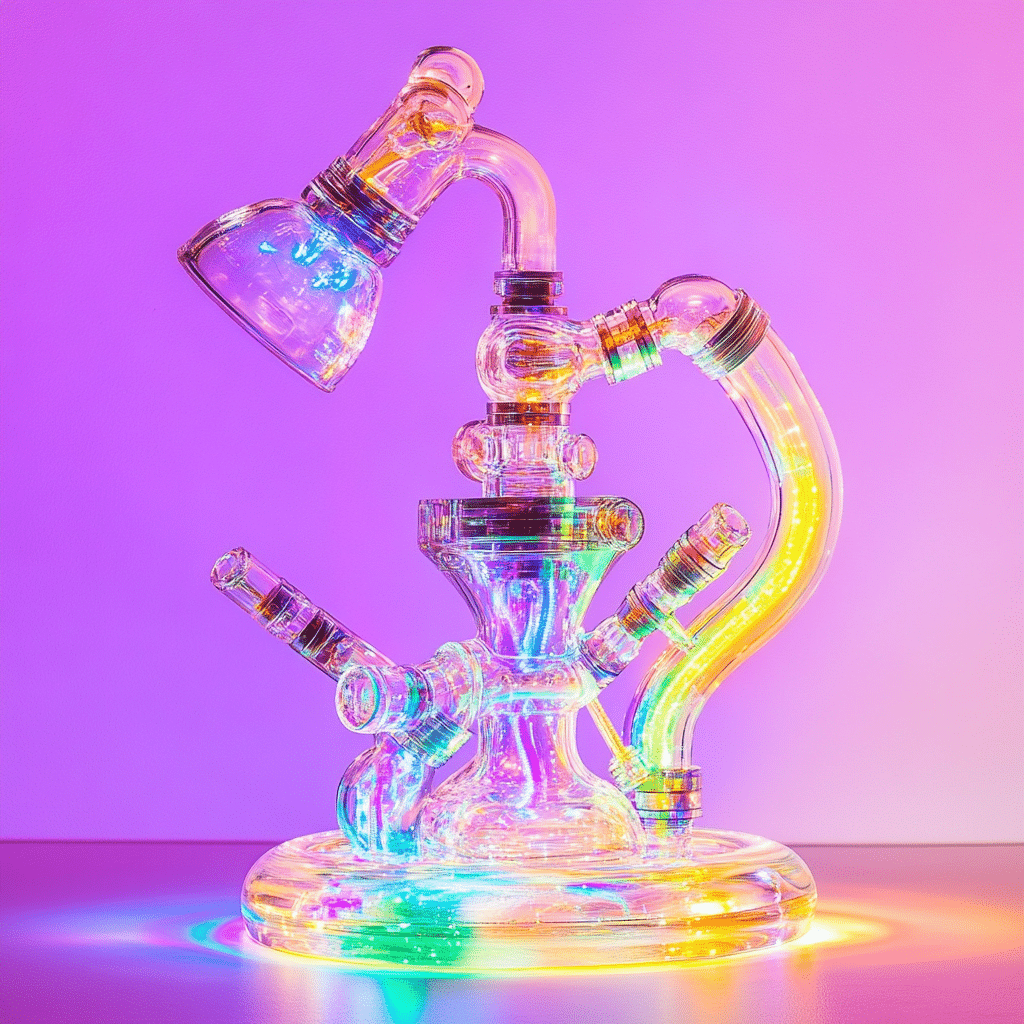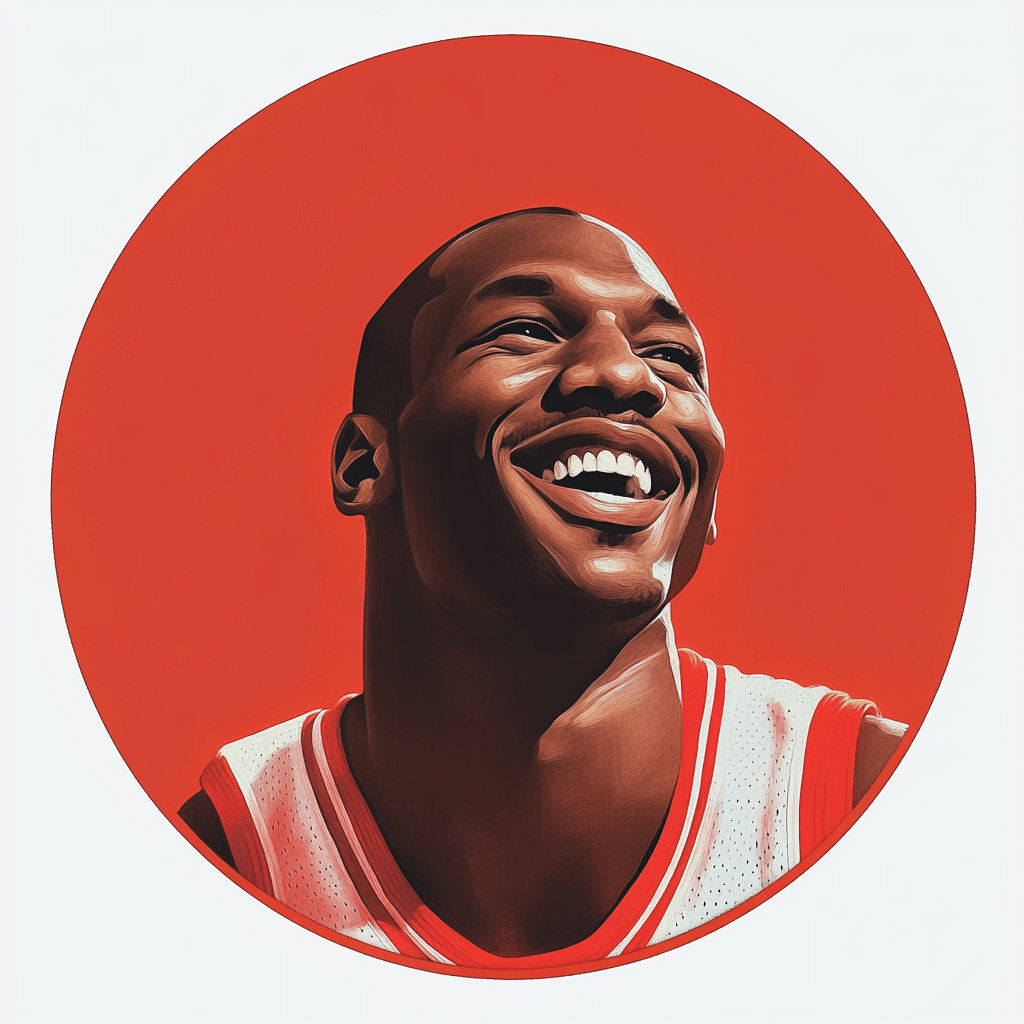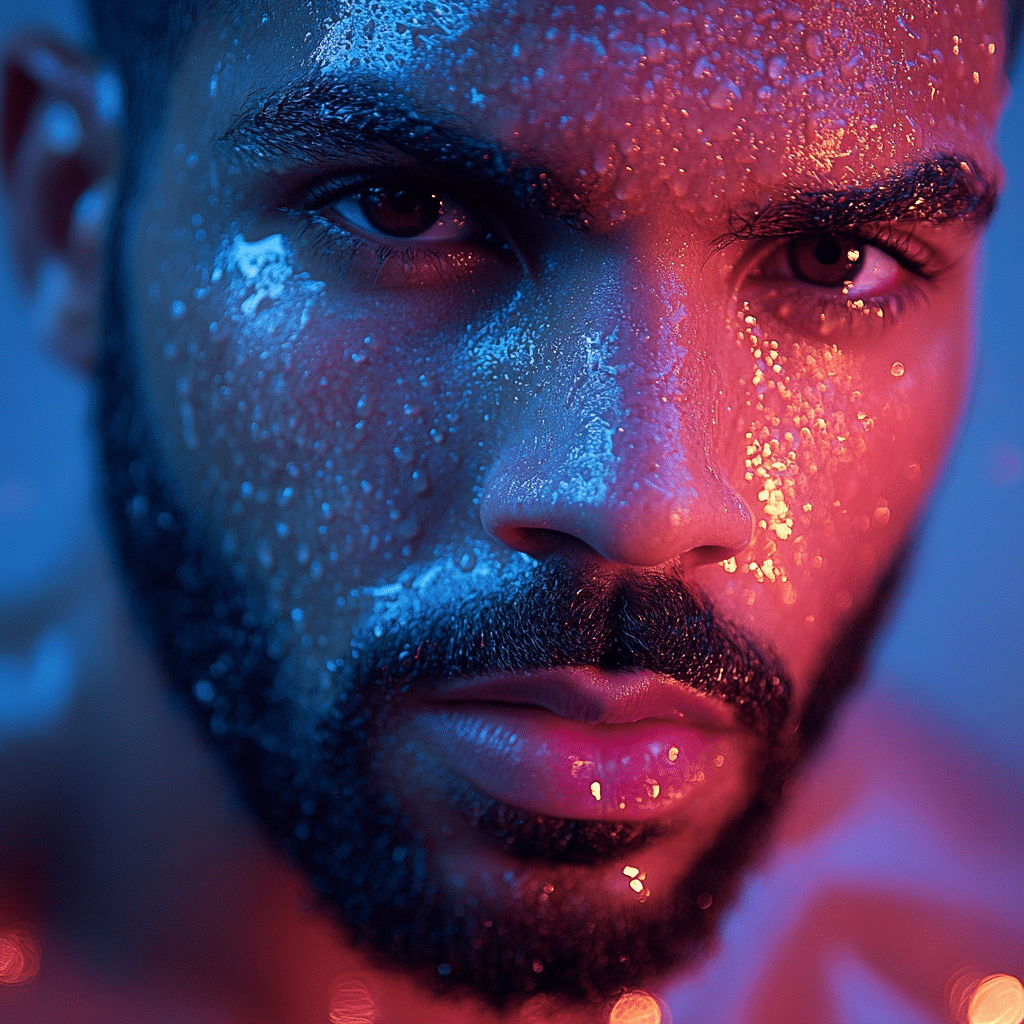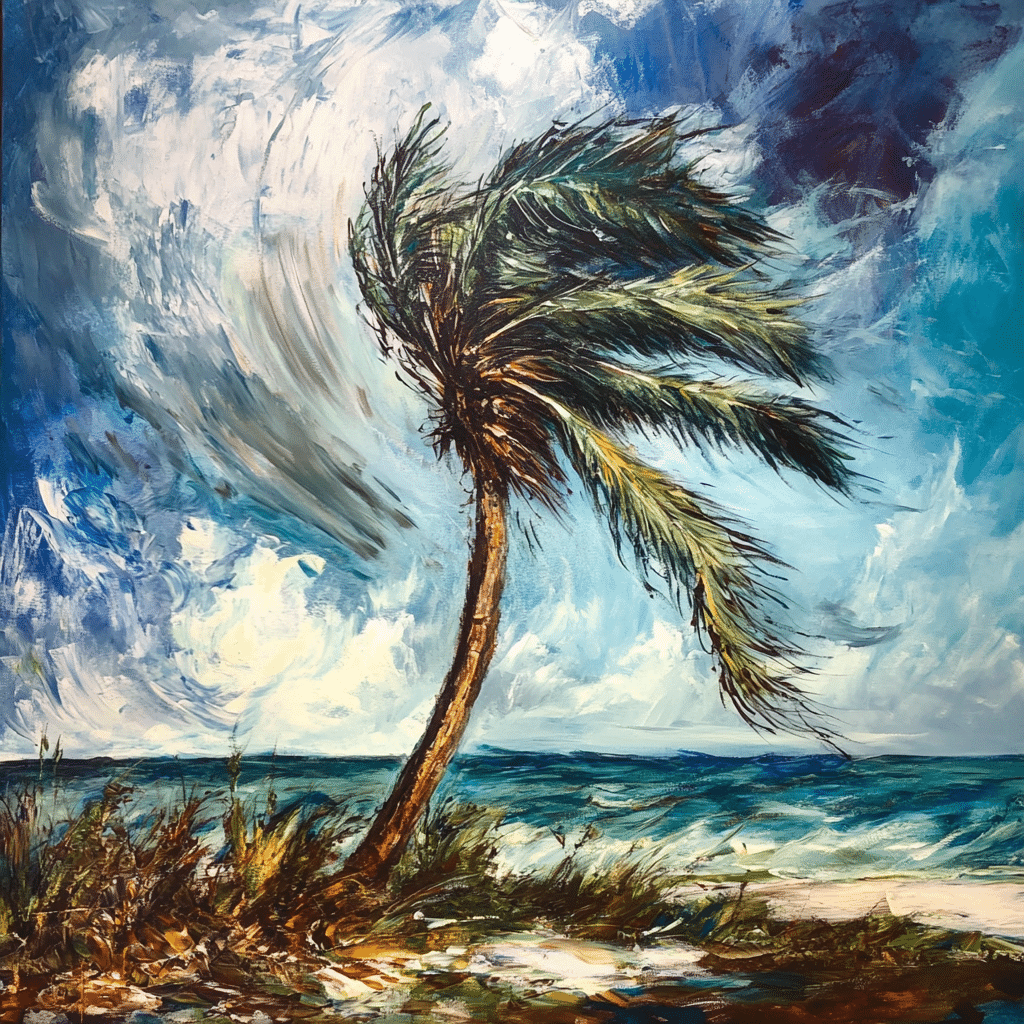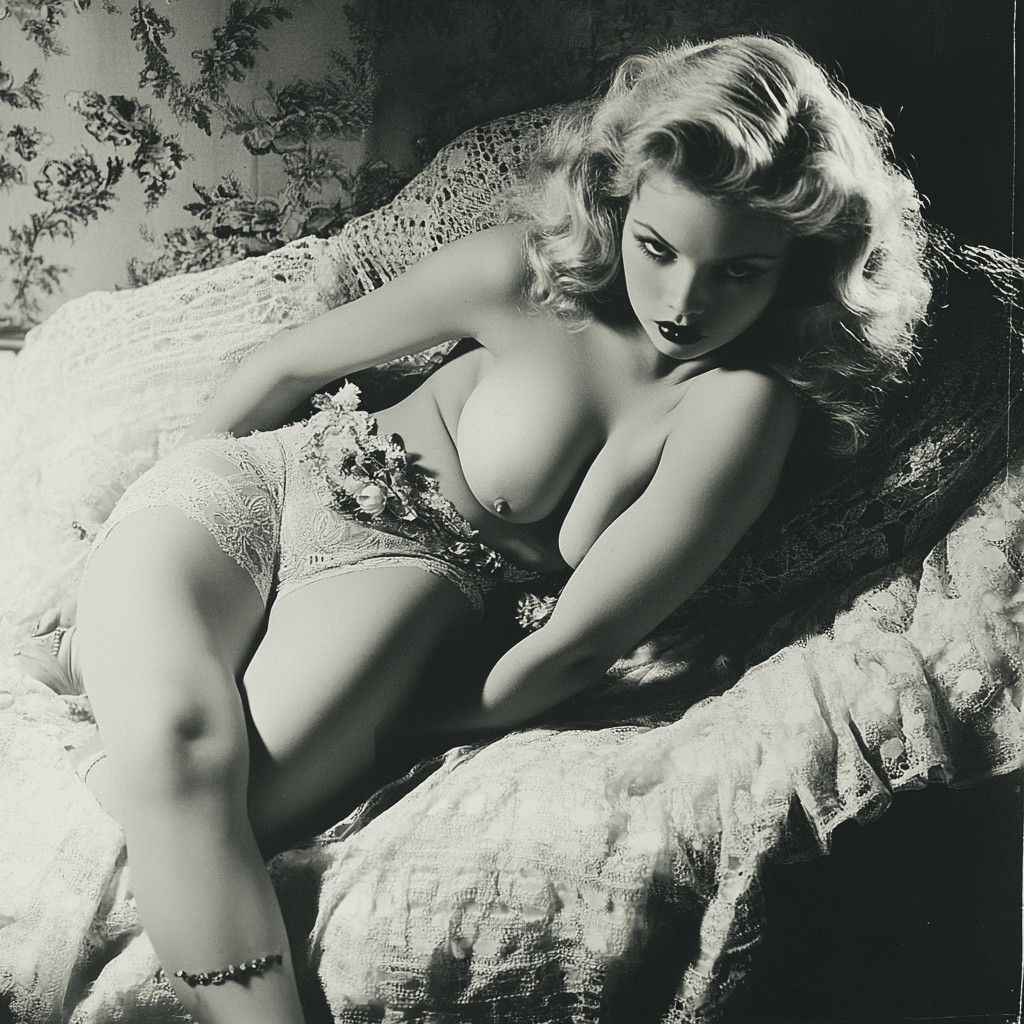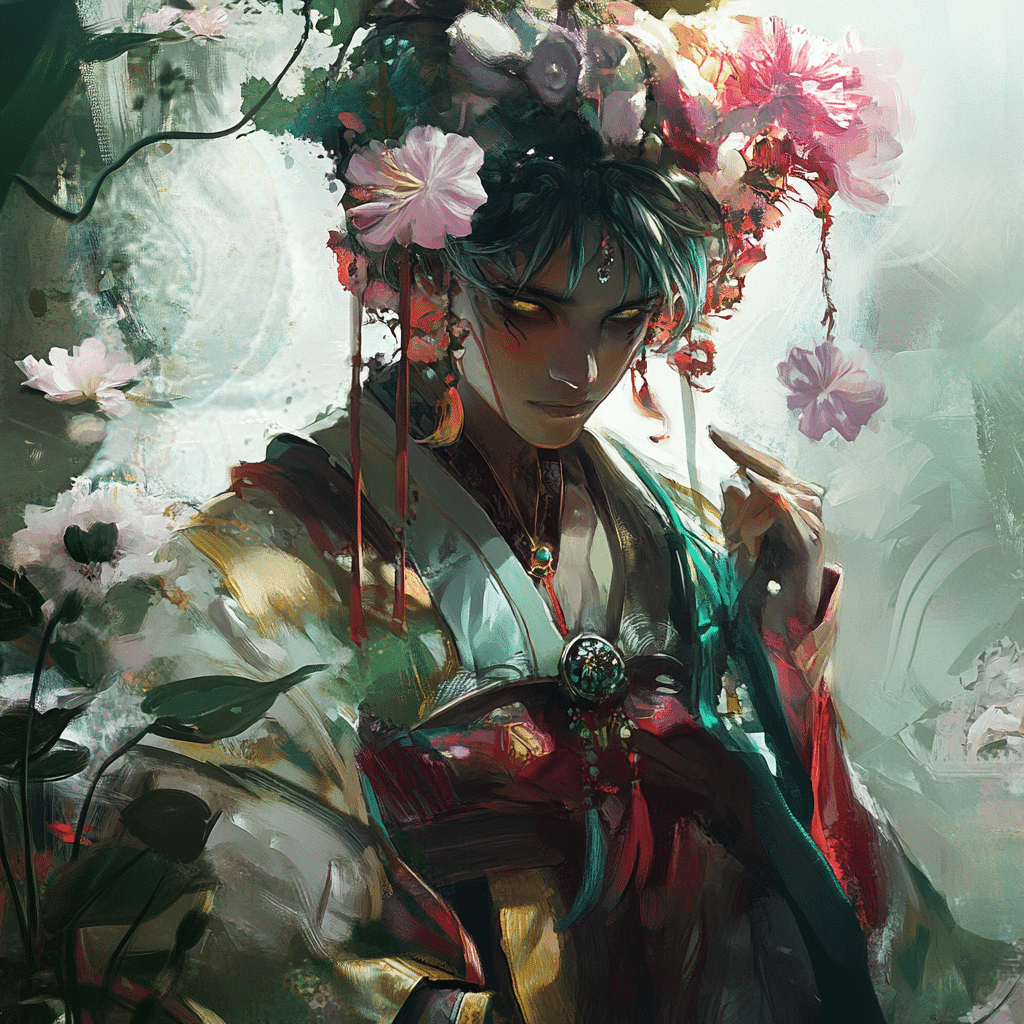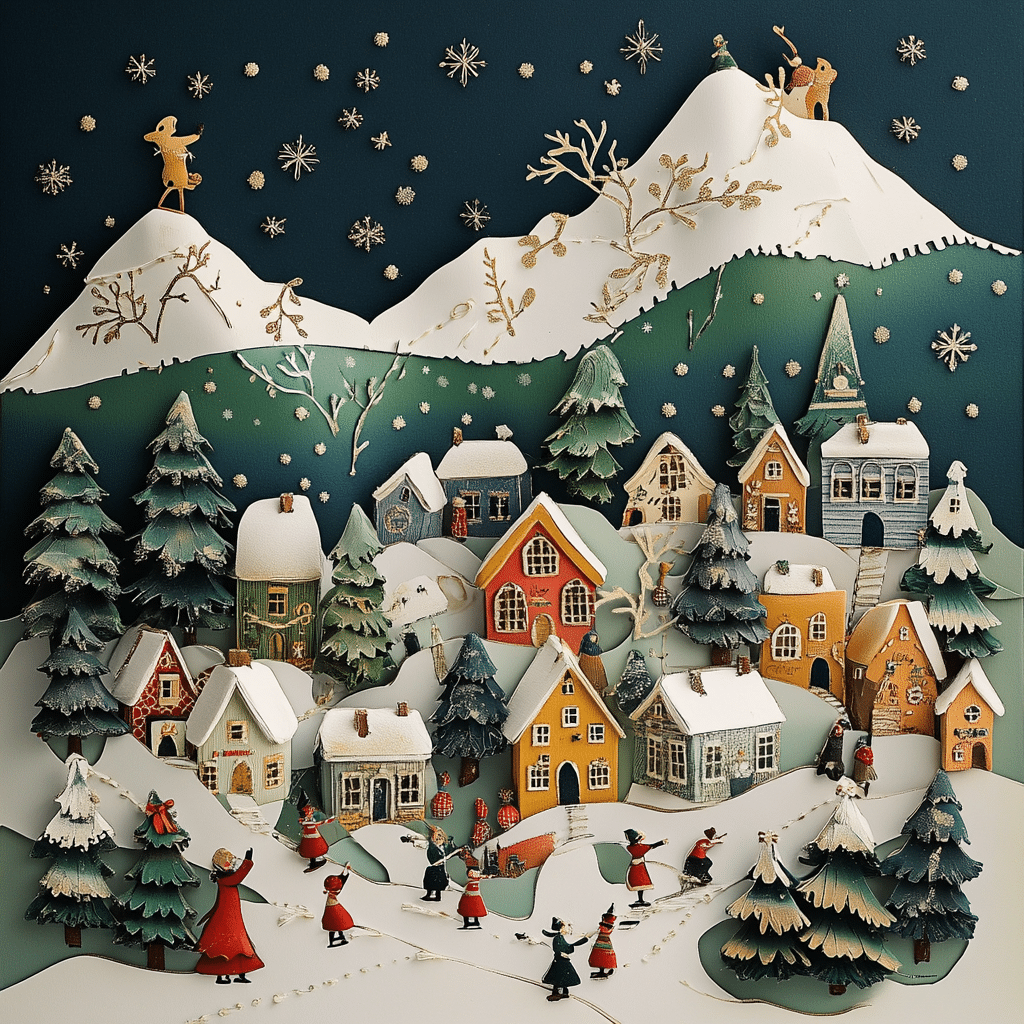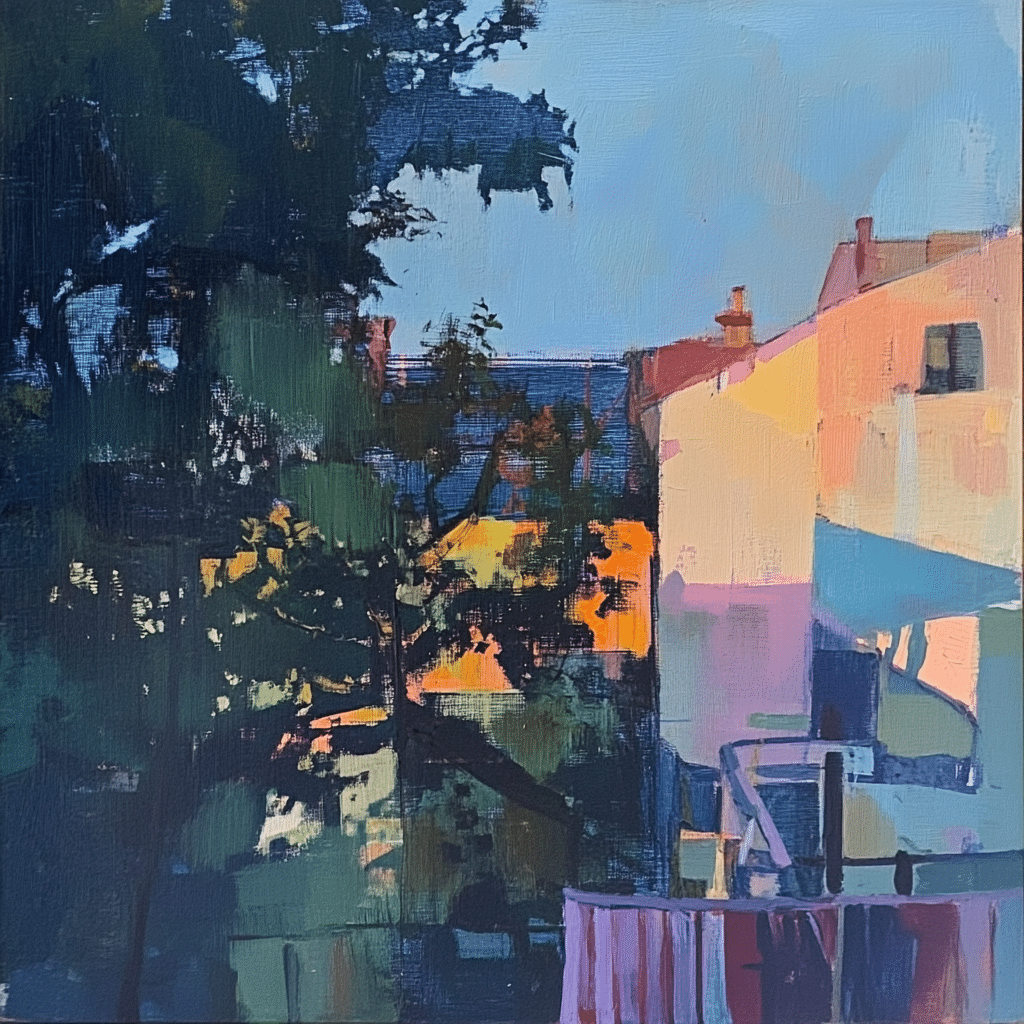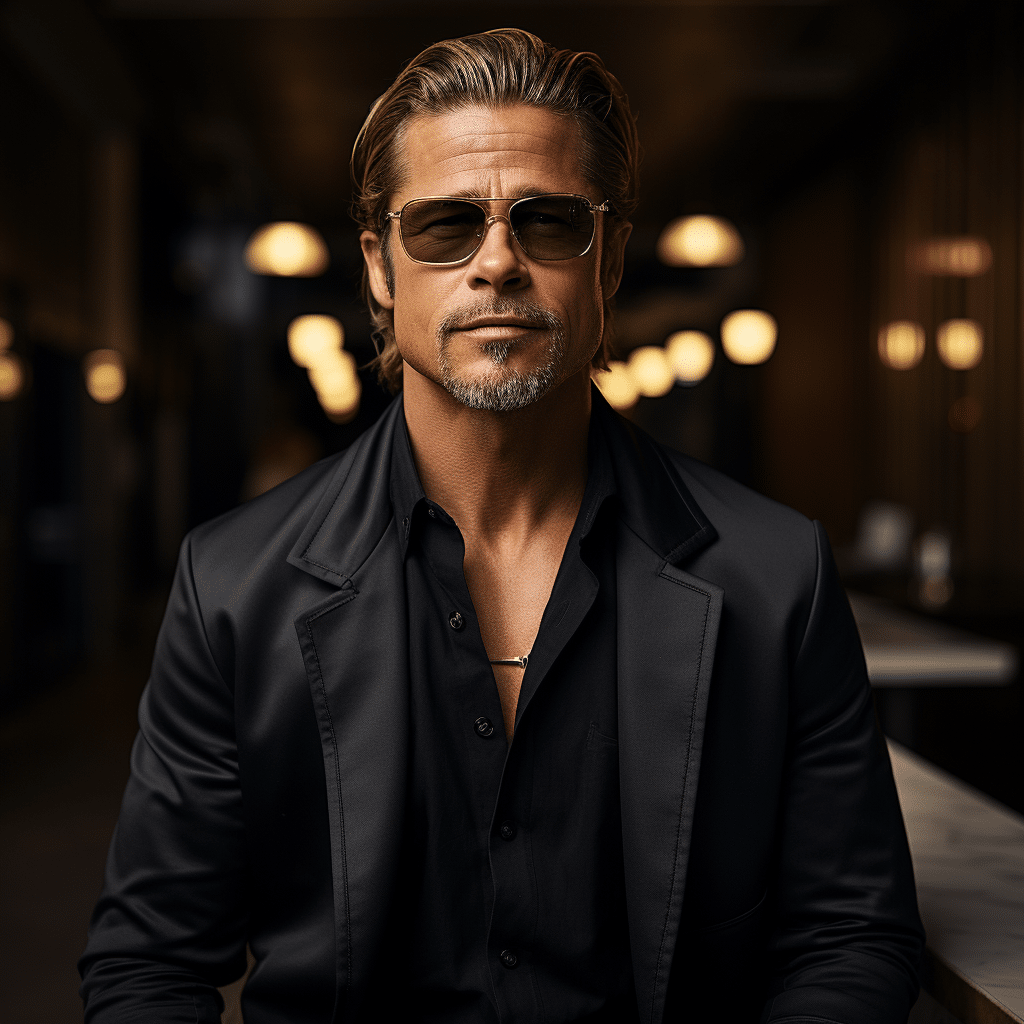A Closer Look at ‘The Get Down’: Echoes of 70s New York in Modern HipHop Culture
The Pulse of a Generation: How ‘The Get Down’ Resonates with 70s New York Spirit
Man, if you’ve ever wondered what the streets of 70s New York were thumping to, you’ve gotta check out ‘The Get Down’. It’s like hopping into a time machine and finding yourself in a world where the air crackles with the sounds of a revolution. This series ain’t just spinning a yarn about some kids and their love for music; it’s a peek into the raw spirit that birthed HipHop.
Creators Baz Luhrmann and Stephen Adly Guirgis struck gold with ‘The Get Down’. They’ve created a show that’s not afraid to show the city’s warts – the crime, the muck, and the political tension. Like, picture young Ed Koch on your TV, duking it out in the mayoral race before the city goes bonkers during the blackout of ’77. ‘The Get Down’ dances through the pages of history and throws punches with serious swag.
| Aspect | Details |
|---|---|
| Title | The Get Down |
| Network | Netflix |
| Creator | Baz Luhrmann |
| Genre | Musical Drama |
| Release Date | Part I: August 12, 2016; Part II: April 7, 2017 |
| Setting | 1970s South Bronx, New York City |
| Historical Context | The series includes real-life events and public figures like mayoral candidate Ed Koch, and DJs Kool Herc and Grandmaster Flash. The socio-economic issues of the time, including urban decay, gang violence, and political debates, serve as a backdrop. |
| Plot | Focuses on the rise of Hip-Hop, Disco, and Punk through the eyes of a group of teenagers. |
| Inspiration | Partially draws from the life and experiences of Nas, among other historical and cultural elements of the 1970s. |
| Key Fictional Elements | Ensemble cast of characters pursuing musical dreams, love, and success amidst adversity. |
| Historical Accuracy | Mixture of real historical elements and fictionalized narratives and characters. |
| Influential Cameos | Appearances by actors portraying cultural icons like DJ Kool Herc and Grandmaster Flash. |
| Major Event Depiction | Show depicts the July 1977 blackout and its impact on the city’s chaotic atmosphere. |
| Controversies/Cancellation | Despite a strong cult following and critical acclaim, The Get Down was expensive to produce and ultimately cancelled after one season due to various factors including the exclusivity deal issue with Baz Luhrmann. |
| Legacy | Though short-lived, the show has been praised for its vivid portrayal of a pivotal moment in musical history and its influence on contemporary pop culture. |
| Critical Reception | Received mixed reviews with praise for its aesthetic and musical numbers but criticized for pacing and narrative. |
| Cost | Estimated to be one of the most expensive shows at the time, with costs around $120 million for the first season. |
| Availability | All episodes available to stream on Netflix, making it accessible to subscribers globally. |
The Rhythms of Rebellion: HipHop’s Emergence and Influence on ‘The Get Down’
Listen up, ‘The Get Down’ isn’t playing pretend with the whole HipHop genesis story. It gets down to the nitty-gritty, shining a light on the turntable wizards who started it all. You’ve got legends like Kool Herc owning the block parties and Grandmaster Flash slicing up beats. These scenes are so dope, they feel like you’re witnessing the very moments that changed music forever.
The show gives props to the early days of HipHop, and boy, does it stick the landing! Those beats and rhymes from the Bronx were nothing short of a cultural earthquake. ‘The Get Down’ reminds us that those artists were painting pictures with words and shaking the establishment to its core – like a cribbage board getting a good shake before a high-stakes game.
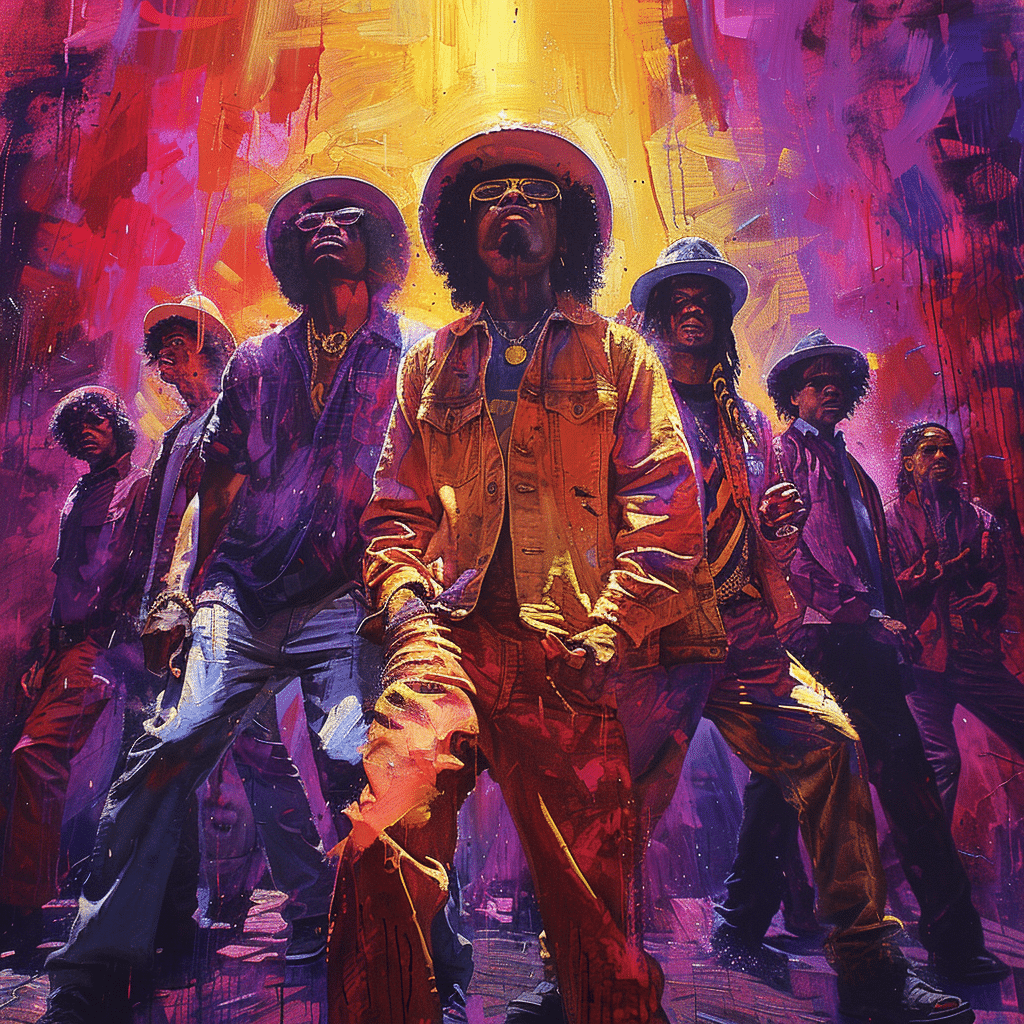
Charting the Architectural Canvas: New York City’s Streets and the Creation of ‘The Get Down’
The Bronx back in the day? It was the real MVP in HipHop’s origin story. ‘The Get Down’ captures every crack and crevice of this concrete jungle where empty spaces became the canvases for graffiti artists to shout their truths. You can’t miss the show’s nods to iconic places like the Audubon Ballroom – talk about sending a message about “location, location, location” in storytelling!
It’s like every brick and train car tells a bit of the tale. ‘The Get Down’ doesn’t skimp on the visual goods. They rebuild the Bronx’s glory from the ground up, showing us where HipHop sashayed its way into the spotlight. It wasn’t just a backdrop; it was a breathing, pulsating part of the saga.
Movers and Shakers: The Characters and Real-Life Counterparts of ‘The Get Down’
Alright, time to throw the spotlight on ‘The Get Down’s’ crew. They’re a mixed bag of dreamers, each dipping into the essence of real cats who ruled the Bronx back in the day. From the DJs spinning truth to the warriors of the wall armed with spray cans, the show’s gang is as colorful and dynamic as their real-life inspirations.
Characters in ‘The Get Down’ are cut from the same cloth as guys like Nas, who, by the way, had his fingers all over the show’s production. While some folks whispered that the series was riffing his life, Nas and Luhrmann both say it’s not a straight-up biography – think of it as a nod to all HipHop pioneers.
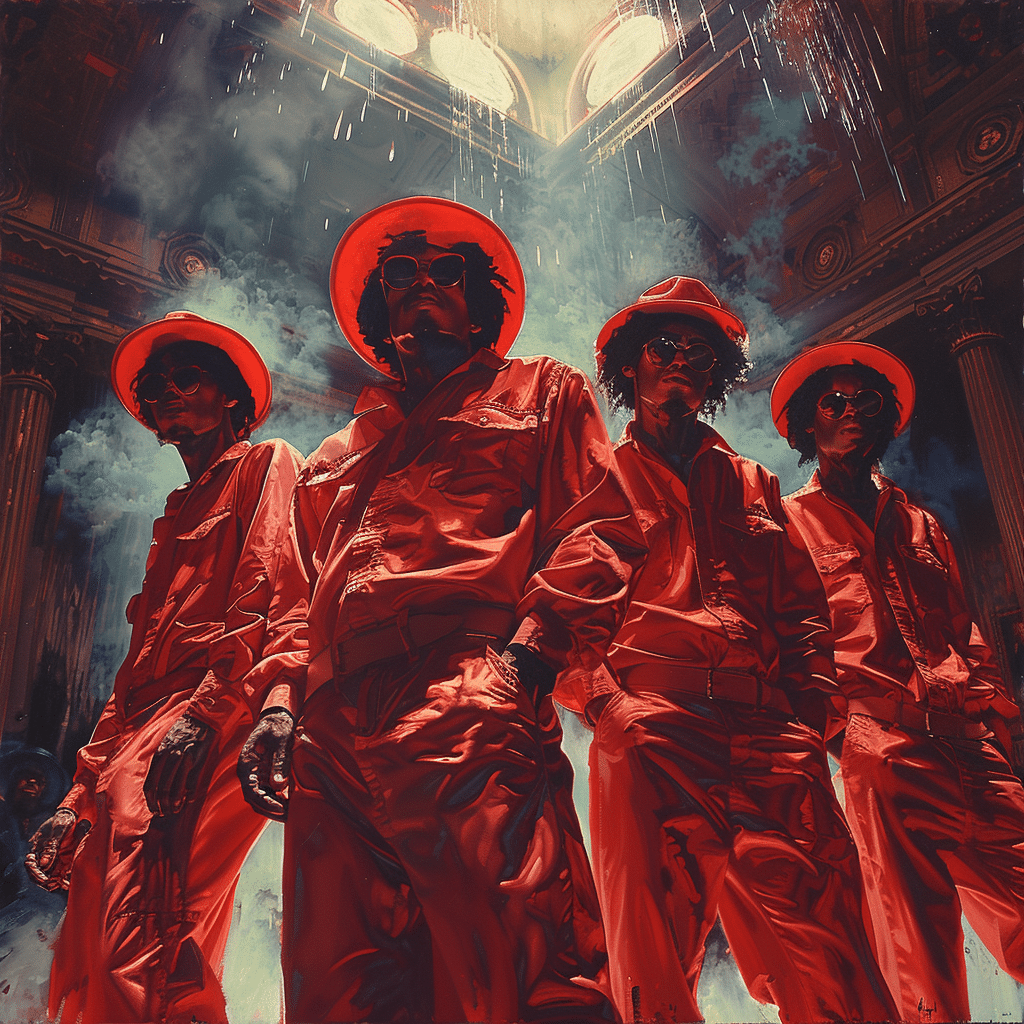
The Modern Echo: ‘The Get Down’s Influence on Current HipHop Trends and Artists
‘The Get Down’ isn’t just throwing it back; it’s lighting up the present scene. Today’s artists tip their hats to the old school, sampling beats and rhymes that were all the rave when bell-bottoms and wide collars were the jam. The spirit of HipHop battles? Still slaying, just like in the show, proving some good things never die.
The show serves as a bridge across generations. What kicked off in a borough’s back alleys is influencing artists worldwide today. The ripple effect from ‘The Get Down’ is smashing it, inspiring beats that’d make any Herve Leger-wrapped star nod in respect.
The Legacy Lives On: Cultural Education and the Societal Implications of ‘The Get Down’
‘The Get Down’ is keepin’ it real with some life lessons, schooling folks on the HipHop roots. The show ain’t just fun and games; it’s a history class decked out in dope tracks and bomb threads. Society’s bruises – class struggles, racial fights, and the raw need to express – it’s all there. Like Tiffany dover grabbing headlines,The Get Down’ grabs attention and sparks real convo.
The series is a cultural touchstone, helping newbies understand the tunes and struggles that defined a movement. It’s like opening a textbook, but way cooler because, let’s face it, nobody fell asleep in history class wishing they were reading a textbook.
A Renaissance Revisited: Aesthetics and Fashion Trends Revived by ‘The Get Down’
Dig those bell-bottoms out of the closet, ’cause ‘The Get Down’ is bringing retro back big time. The threads on this show are as eye-popping as the tunes. It’s like the costume folks read our minds and knew we were deep down just craving for those wide-collar shirts and platform shoes to make a comeback.
This show didn’t just set off a wave of nostalgia; it’s shaping what’s hip on the streets right now. Those vintage styles? They’re not just for the screen – peep outside and you’ll see them struttin’ down the sidewalks. Boomboxes, chunky kicks – it’s as if the show’s wardrobe got teleported to today.
The Unsung Heroes: Behind the Scenes of ‘The Get Down’
Let’s give it up for the backstage heroes who brewed this magic potion called ‘The Get Down’. The crew stitched together the ’70s vibe with a precision that even The movie critics at Granite Magazine would have to shout out about. They dug deep, researching like private eyes to pin down the era’s vibe, turning the show into a spitting image of old New York.
From shaping the sets to laying down the tracks, these wizards worked their butts off to sprinkle that authentic dust all over the series. And it ain’t just smoke and mirrors – their hard graft made sure ‘The Get Down’ wasn’t just a blast from the past but a well-crafted tribute to a game-changing era.
Harnessing Nostalgia: ‘The Get Down’s Role in Reinvigorating 70s Music and Media
This show is stirring the pot, and everyone’s getting a taste of that sweet ’70s flavor. It’s sparking a revival that’s got folks everywhere trawling through crates of vinyl, just like on The flash streaming date everyone was diving into the series.The Get Down’ has been a wake-up call, reminding us of the beats that once ruled and should never be forgotten.
The tunes are getting spins again, films from the era are back in business, and fresh audiences are getting schooled on some of HipHop’s founding fathers. Even if Netflix hit pause on ‘The Get Down’ after its inaugural run, the impact of the series has proven to be longer than the wait for The Wolverine cast reveal.
So there you have it. ‘The Get Down’ did more than just tell a story – it wove itself into the fabric of culture, pumped fresh blood into a vintage era, and struck chords across generations. It ain’t just a show; it’s a shot of life for the street’s rhythm – the beat goes on, and thanks to ‘The Get Down’, it’s louder than ever.
Grooving Through the Get Down: 70s New York Hip-Hop Drama
The Birth of a Phenomenon
Oh snap! Did you know that Bumper Robinson, who many recognize from his roles in ‘90s TV hits, was actually named after the phrase “bumper to bumper” due to LA traffic? Well, he’s part of the magic behind “the get down, a show that teleports you straight back to the rough and tumble streets of the Bronx in the late 70s. This era was buzzing with the genesis of hip-hop, a revolution of rhymes that was about to explode. And you know what? It all started at house parties! DJs spinning records, creating breaks for people to dance to, which they called “gettin’ down”—hence,the get down.
The Rhythms and Rhymes That Shaped a Movement
Hold on to your hats, because here comes a doozy: While hip-hop was busting a move on the sidewalks of New York, the fictional character Marisa Kirisame, a witch from the world of Japanese video games, wouldn’t be conjured up for another couple of decades! Talk about worlds colliding—1980s gaming culture was still in its infant years when “the get down” kids in ’70s New York were scratching vinyl and spitting bars. You better believe it, the graffiti-tagged subway cars and streetlight parties that “the get down” shows wasn’t just a set; they were as real as the beat that drops hard in a rap battle. And while Marisa Kirisame was dealing with magic and spells, our MCs were weaving their own kind of sorcery with poetic lyrics and sick beats, captivating the crowds like a spell.
Man, “the get down” ain’t just a walk down memory lane—it’s a full-fledged hustle through the origins of a cultural behemoth that reshaped the face of music. Each episode works a number over your emotion, getting you hooked on the struggles, the triumphs, and the toe-tapping, head-bopping beats. From neighborhood battles to quests for stardom, each character’s storyline is a piece of the puzzle that is hip-hop’s storied past. And just remember, next time you nod your head to a hip-hop track, you’re paying homage to the pioneers who laid it down in the city that never sleeps.
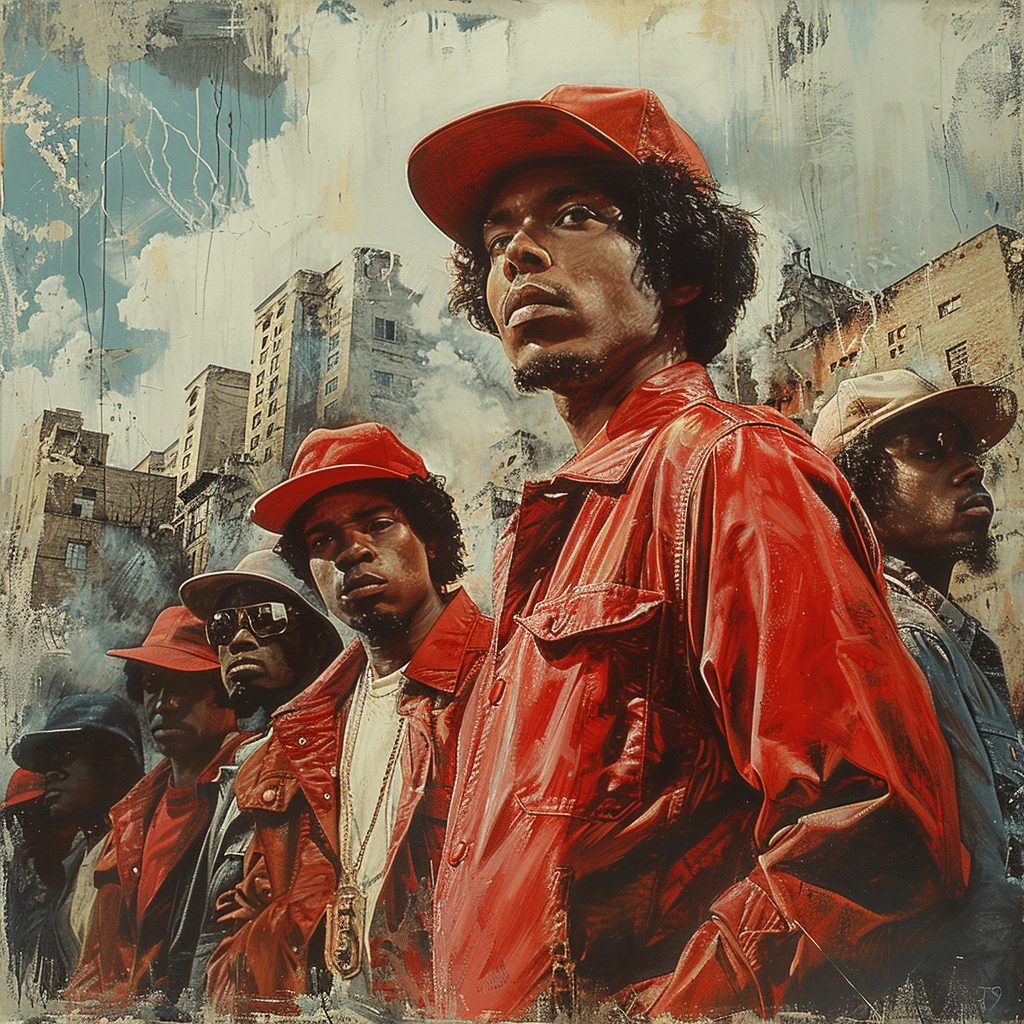
What rapper is The Get Down based on?
The Get Down isn’t based on any specific rapper, but it heavily features hip-hop culture and includes characters that resemble real-life hip-hop pioneers like Kool Herc and Grandmaster Flash.
Is the series The Get Down based on a true story?
The show mixes fiction with real historical moments from the 1970s Bronx, like the mayoral race involving Ed Koch and the 1977 blackout, but it’s not a direct true story. It incorporates true elements but with a fictional narrative.
Is The Get Down based on Nas?
While the show’s creator Baz Luhrmann acknowledges Nas’s heavy involvement in production, The Get Down isn’t a biographical account of Nas’s life. It’s more of an homage to hip-hop’s origins and the culture of the era.
Why did they stop filming The Get Down?
The Get Down was canceled after one season due to a conflict with Baz Luhrmann’s schedule, which prevented him from simultaneously working on a movie project because of an exclusivity issue with Netflix and Sony Pictures Television.
Who is Ezekiel supposed to be in The Get Down?
Ezekiel in The Get Down is a fictional character, not directly based on a real person. He’s the poetic and talented protagonist who navigates love and ambition in 1970s Bronx.
Who was The Get Down inspired by?
The Get Down was inspired by the birth of hip-hop and the transformation of New York City during the 1970s. While not directly based on one individual, it pays tribute to cultural icons and the atmosphere of the era.
What happened to dizzy in The Get Down?
Dizzy, a talented graffiti artist in The Get Down, faces various personal and artistic struggles throughout the series, culminating in a triumphant moment when his work gains recognition, only to tragically die right after his success.
What happened at the end of The Get Down?
At the end of The Get Down, Ezekiel makes a life-changing decision to pursue his dreams over immediate success, reflecting the show’s themes of ambition, loyalty, and the transformative power of art.
What happened on the last episode of The Get Down?
In the final episode of The Get Down, characters confront their futures as they navigate obstacles and triumphs. Ezekiel showcases his talents, solidifying his future, while Mylene’s career takes off, and the fate of the other characters are left looking towards new horizons.
Are Jay Z and Nas friends?
Jay Z and Nas had a famous feud which they resolved in the mid-2000s, and since then, they’ve collaborated and shown public respect for each other, suggesting a friendly or at least professional relationship.
Who wrote the raps in The Get Down?
Nas was heavily involved in The Get Down, writing raps for the characters and serving as an executive producer, bringing his unique perspective to the series’ depiction of hip-hop’s early days.
Who did Nas sample for get down?
In Nas’s song “Get Down,” he samples “Funky Drummer” by James Brown, “The Boss” by James Brown, and “Rock Creek Park” by The Blackbyrds, blending them to create a classic hip-hop track.
Why did The Get Down cost so much?
The Get Down is one of the most expensive TV shows ever made, primarily due to its elaborate sets, period-specific costumes, and rights to the vast array of music from the era, which caused the budget to soar.
Where was The Get Down shot?
The Get Down’s primary filming locations were in New York, including areas in the Bronx, Brooklyn, and Queens, creating an authentic backdrop that captures the essence and grit of the 1970s cityscape.
How many episodes of get down are there?
The Get Down consists of 11 episodes split into two parts, with the first part having six episodes and the second part containing five episodes.

